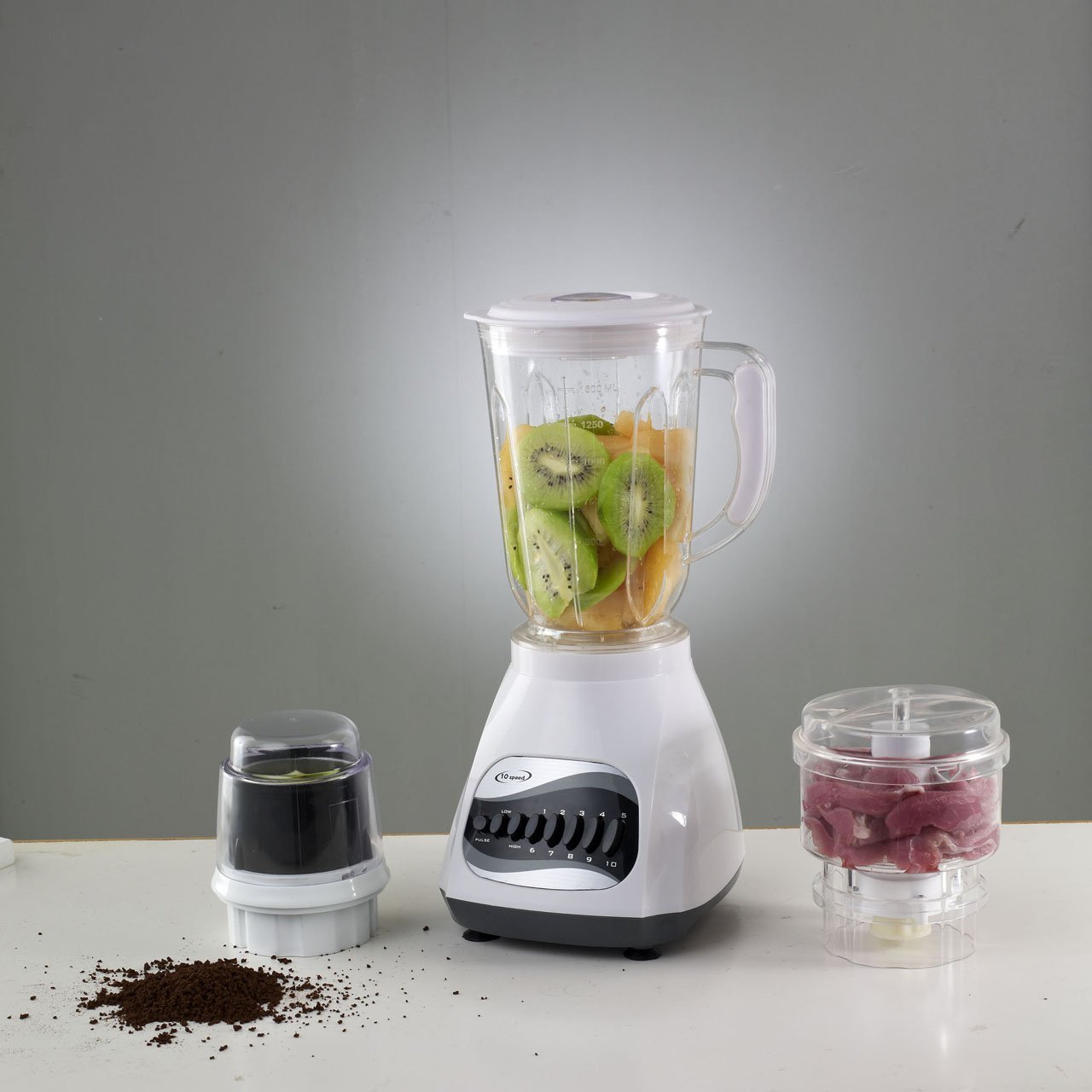Find the Perfect Blender for Your Kitchen
Choosing the right blender can simplify meal prep, cut cleanup time, and expand what you make at home. This guide breaks down motor power, blade and jar choices, appliance types, safety best practices, and smoothie tips to help you select a blender that fits your kitchen, budget, and cooking habits.

A blender can be one of the most versatile tools in the kitchen, handling everything from smoothies and sauces to hot soups and nut butters. Picking the right model comes down to matching power, build quality, and features to the tasks you actually do. Below is a practical breakdown to help you choose a machine that performs well, lasts, and fits your space.
What makes a good blender?
A high-performing blender combines an appropriate motor, sharp durable blades, and a jar shaped for efficient circulation. Motor wattage is a key factor: 300–600 watts will comfortably process soft fruits, dressings, and purees; 800 watts and above are better for crushing ice, blending frozen fruit, and making nut butters. Blade material matters too—stainless steel blades hold an edge, resist rust, and deliver smoother textures.
Jar geometry influences how ingredients move toward the blades. A contoured jar with a narrow base promotes recirculation and reduces dead spots. Materials have trade-offs: glass jars resist staining and odors but add weight, while BPA-free plastic jars are lighter and less fragile. Look for variable speed controls and a pulse function to gain precision, and safety interlocks that prevent the motor from running unless the unit is correctly assembled. Noise level, warranty length, and ease of disassembly for cleaning are also important when considering long-term value.
Which blender fits your kitchen?
Think about countertop space, storage, and how you use your kitchen. Compact personal blenders are great for single servings, gym-goers, or small kitchens where storage is tight. Full-size countertop blenders occupy more room but offer larger capacity and higher power, which is useful for families or extensive meal prep.
Consider cord length and base footprint if outlets are limited or counters are narrow. If you frequently blend hot liquids like soups, choose a jar that is heat-resistant and has a vent or removable center cap to allow steam to escape safely. If clutter is a concern, look for models with smaller footprints or those designed to tuck neatly into cabinets.
Is a blender the right appliance for your needs?
Define the tasks you want your blender to handle before you shop. For single-serve smoothies and shakes, a compact model with a to-go cup attachment may be ideal. If you make frozen desserts, green smoothies, or homemade nut butters, prioritize higher power and robust blade assemblies. For blending hot soups, verify the unit is rated for hot liquids.
Multifunction blenders that chop, grind, or heat expand what you can do but often mean more components to clean and a higher price tag. Rather than defaulting to the most powerful or expensive option, match features to your routine. A simpler, lower-powered model might be the smarter choice if you mostly make smoothies and sauces.
How to prepare food safely in a blender
Food safety and appliance care start with proper cleaning. Wash jars, lids, and removable blades soon after use to prevent residue and bacterial growth. When handling hot liquids, only fill the jar partway, remove any vent cap if the manual advises, and begin blending at low speed to reduce splatter and steam pressure. Never submerge the motor base in water; wipe it with a damp cloth.
Inspect gaskets and seals periodically and replace any that show wear. When working with hard or fibrous ingredients, cut them into small pieces and add liquid gradually to avoid overloading the motor. Also avoid blending whole ice cubes with minimal liquid in underpowered machines to prevent motor strain.
How to make the perfect smoothie
A consistently smooth, satisfying smoothie balances liquid, fruit, vegetables, and a protein or healthy fat for staying power. A reliable starting point is 1 to 1.5 cups of liquid (water, dairy, or plant-based milk), 1 to 2 cups of fruit (fresh or frozen), a handful of leafy greens or vegetables if desired, and a scoop of protein powder, yogurt, or a spoonful of nut butter.
Use frozen fruit or ice for a thicker texture and add more liquid to thin it out. Layer ingredients with liquids and softer items at the bottom and heavier, frozen pieces on top to encourage good circulation. Start with a few short pulses to break up solids, then blend on a steady speed until smooth. If the mixture stalls, stop and stir or add a splash more liquid before continuing.
| Blender type | Best use | Typical power | Price range |
|---|---|---|---|
| Personal / Single-serve | Smoothies for one, to-go cups | 250–600 W | $20–$100 |
| Countertop | Families, soups, meal prep | 600–1200 W | $60–$400 |
| High-powered / Professional | Ice, frozen desserts, nut butters | 1000+ W | $200–$700 |
Cost disclaimer: Prices are estimates for general guidance and may vary by brand, retailer, and region.
Final tips for choosing
Prioritize the features that match how you cook: pick higher wattage and sturdy blades for heavy-duty blending, choose glass jars if you want stain- and odor-resistance, or a compact model if you need portability. Evaluate warranties and customer support, and read reviews that reference the tasks you care about. Proper cleaning and safe handling of hot liquids will extend the life of any blender you buy. With a match between your needs and the blender’s capabilities, you can turn this appliance into a reliable workhorse in your kitchen, helping you make everything from creamy soups to perfectly smooth smoothies.





